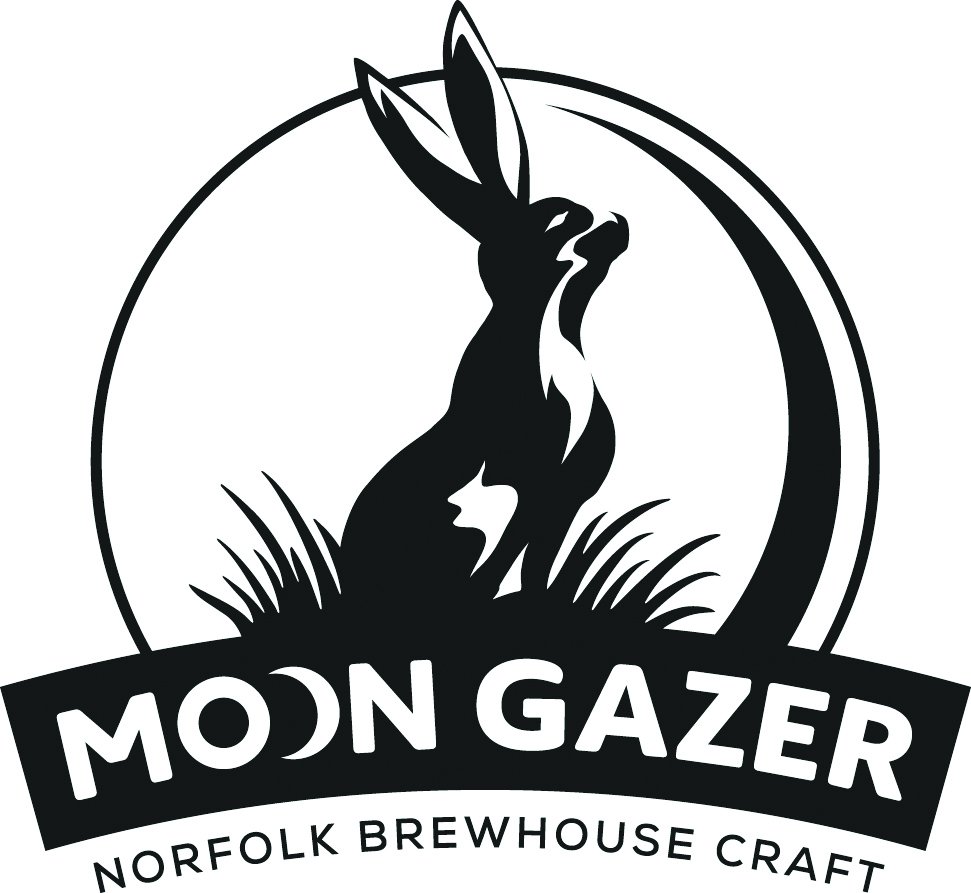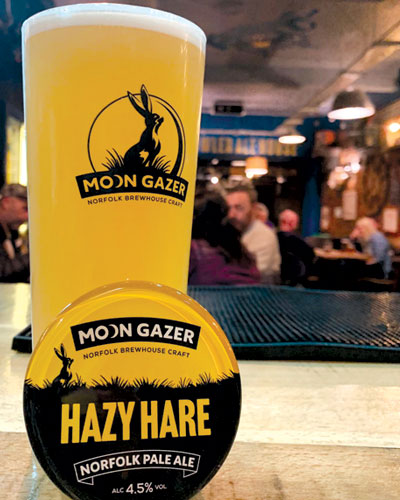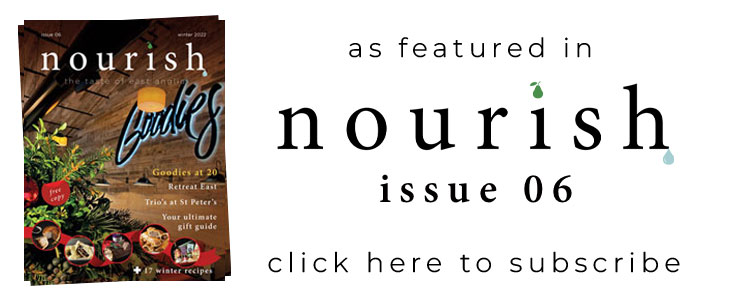
Hail the haze, or crave the clarity – which side are you on?
Our brilliant beer columnist David Holliday of Moon Gazer Ale discusses hazy ales.
I confess to finding it strange that if you were to pop back in time just a few years, you’d find any self-respecting beer lover handing back a cloudy pint faster than you could say “I’m not drinking that muck”.
Nowadays you can find wry amusement at many a bar watching beer fans debating the degree of haze in their beer, often disappointed it’s merely a mild mist when they crave a full on thunderstorm of cloudiness.
How times change.
While I embrace the change and love the merits of both a clear pint and a cloudy one – it does come with its own issues – and can even polarise beer drinkers, which is sad.
So back to basics with a
quick re-cap.
Since the 19th century, real ale is traditionally clear, made so using finings. This is essentially the addition of fish derived collagen that drop
the yeast to the bottom of the barrel and presents a lovely clear pint; clean and crisp.
Generally speaking, if beer that is supposed to be clear turns cloudy – that usually is a sign it has indeed gone off, and likely to pucker up the taste pallets and not in a good way!
You may also see real ale advertised as unfined or vegan – both of which often have a haze.
Again, this is not a bad thing, and the beer is tip-top but still has some yeast and protein in suspension causing the haze. That said, there is a new move towards vegan finings that can avoid the use of fish finings and deliver a crystal clear pint.
Clear beer remains much sought after. It has a clean, crisp taste and, to a degree, allows you to see the quality.

So why are a band of drinkers embracing the haze?
Well, leaving yeast and proteins in suspension can enhance the flavour of a beer as well as adding body and character. Viewers of cookery programmes on the telly box will hear the cries of “it needs more seasoning”. The simple reason for that is that proteins are flavour enhancers, so by dropping those ‘enhancers’ out of your beer, some of the flavours go with them, along with body and mouthfeel.
In short, keeping the haze allows brewers scope to be more adventurous and experimental with how they flavour beers. Often, increased haze can be added to the beer by the addition of oats and Chit malts to keep the good stuff in suspension and also add their own flavour and body. Increased levels of hop usage can also increase the haze.
But just to be clear – no pun intended – that doesn’t make them any better. Rather, it makes them a different style.
Take Moon Gazer Hazy Hare for example – made hazy with the addition of oats that adds smoothness and chewy mouthfeel – while dry hopping with a modern British hop gives a tropical hint of pineapple, passion fruit and peach. A complex yet quaffable Norfolk pale ale.
By way of contrast, Moon Gazer Cheeky Jack Norfolk IPA is crystal clear, and delivers a very contemporary crisp, fruity finish with a dryness at the end.
Both great beers in their own right, one clear, one hazy.
That brings us on to my key message, the risk that drinkers polarise into two camps – those who are of the opinion that only hazy beers can be great, and those that think if it isn’t clear, it’s not for me.
That is quite a restrictive position. Drinkers from both sides of the argument can be missing out on some truly great beers just by becoming prejudiced, either by a craving for tradition or, on the other hand, blindly following a trend.
Drink what you enjoy and be guided by your taste buds, not your eyes.
Oh, but do still follow the rule and ask: “is it supposed to be hazy?” – just to be safe!
Cheers!
- Discover our full range: moongazerale.co.uk










